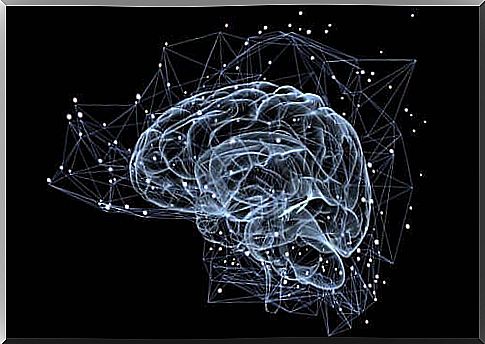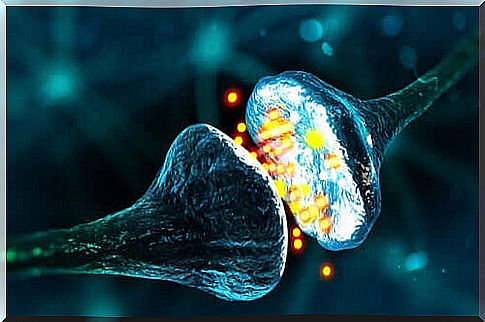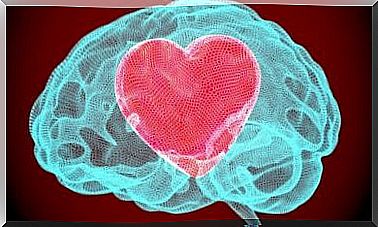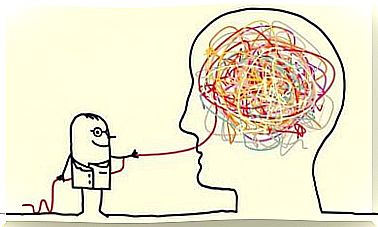Human Connectome Project: Discovering Our Brain

The Human Connectome Project (HCP) was launched in July 2009 as a major challenge of the National Institutes of Health (NIH) program, endowed with 21.3 million heroes for five years. The main objectives of this project are:
- Make available a compilation of neuronal data.
- Offer an interface to graphically navigate this data.
- Reaching never before formulated conclusions about the living human brain.
According to Hagmann: “to understand the functioning of a network, it is necessary to know its elements and interconnections (…). The Human Connectome Project will significantly increase our understanding of emerging functional processes starting from brain structures and offer new insights into the mechanisms employed by the brain if brain structures are damaged. “
Before going further: what is a human connectome? It is a map of the connections between neurons in the brain. With this project, therefore, we intend to build a mapping of the connectivity network, at the anatomical and functional level, of the brain. In other words, you want to know in detail all the brain circuits and their synapses. But not only that, we also want to produce a set of data that facilitate research on various brain dysfunctions.

What is the goal of the Human Connectome Project?
Nowadays, the National Institutes of Health neuroscience research program is initiating a $30 million project that will employ state-of-the-art neuroimaging technologies to map the circuitry of the healthy adult human brain.
By systematically collecting brain imaging data from hundreds of people, the Human Connectome Project will offer diverse insights into how brain connections underlie brain function and open new lines of research for human neuroscience.
Recent data and research
So far only one connectome is known : that of the nematoda (cylindrical worm). Its modest nervous system consists of 300 neurons. In the 1970s and 1980s, a group of researchers mapped its 7,000 interneuronal connections, or its connectome.
New research by staff members of the Human Connectome Project suggests that brain circuits organize themselves more like the network of Manhattan streets than the chaotic tangle of London’s haphazard streets. In other words, just as the map of Manhattan forms a perfect lattice, the network of our neurons is also ordered and aligned, rather than tangled as previously thought.
Several recent findings based on Human Connectome Project neuroimaging data and psychological data show that individual differences in brain connectivity can reliably predict a person’s behavior.
It is believed, therefore, that in the future, the aforementioned brain scanners may help physicians to much more personalize the diagnosis and treatment of mental disorders, as the authors of these discoveries claim.

Conclusions and curiosities about the Human Connectome Project
The brain continues to be a complex organ that is the center of attention of many scientists, for some it is still a black box about which we know very little.
For this reason, the Human Connectome Project is an excellent initiative, in fact it tries to clarify, with the best technological tools available, the functioning of the brain and its neuronal connections. Thanks to this, we will be able to defeat many mental disorders.
Nowadays, scientists know that many mental disorders, such as schizophrenia, are connectopathies; or diseases in which the wiring of the brain has an anomaly. This is why we want to create a map of the human brain, to help treat diseases such as epilepsy in the future. Knowing its lattice we will be able to act.
Finally, if you want to deepen the subject, in this link you can see an interesting interactive viewer that interprets the data of the connectivity matrix of the conference publication Anatomical structural network analysis of human brain using partial correlations of gray matter volumes by Anand A. Joshi, Shantanu H. Joshi, Ivo D. Dinov, David W. Shattuck, Richard M. Leahy, Arthur W. Toga.









